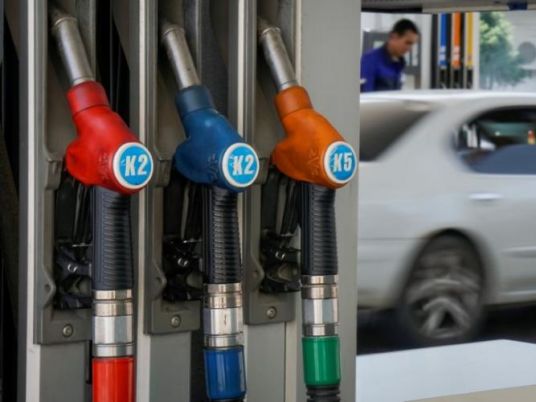
Oil futures steadied after setting new 2016 highs on Thursday as traders locked in profits, though analysts said supply disruptions, strong investor appetite and a weakening dollar could push prices higher soon.
Brent crude futures (LCOc1) were trading at $47.21 per barrel at 1329 GMT, up 3 cents from their last settlement and off an earlier high of $47.59.
U.S. West Texas Intermediate (WTI) futures (CLc1) were up 4 cents at $45.37 a barrel after reaching a new 2016 high of $45.71.
Brent and WTI have rallied more than 70 percent since hitting their respective 2016 lows in January and February.
Record crude storage figures may have spurred some investors to take profits by closing positions betting on a rise in prices, traders said.
Government data on Wednesday showed that U.S. crude stocks climbed 2 million barrels last week to an all-time peak of 540.6 million barrels. [EIA/S]
Despite slipping from the highs, analysts said oil market sentiment had clearly turned bullish and further price rises were likely.
"Nothing appears capable of stopping the surge in oil prices at the moment," Commerzbank said.
Analysts cited a need to factor in supply risks from Venezuela, which faces a severe electricity crisis.
"Venezuela is an immediate supply risk. In the next two weeks there is potential to have some serious disruption," Olivier Jakob at consultancy Petromatrix said.
Falling U.S. output has also been a supporting factor in oil's recovery.
U.S. Energy Information Administration data showed that crude production fell to 8.94 million barrels per day (bpd) last week, down almost half a million bpd from last year.
But Commerzbank warned that oil prices at $50 a barrel should make drilling attractive again for some shale producers.
"Some producers are also likely to use the higher price level for hedging transactions, which would likewise prevent any future fall in production," the bank said.
Analysts said further bullish momentum could emerge due to a weak dollar, which is down almost 6 percent this year against a basket of leading currencies (.DXY).
A weaker greenback makes dollar-traded crude cheaper for countries using other currencies.
The Federal Reserve said on Wednesday it would leave U.S. interest rates unchanged while the Bank of Japan said on Thursday it would hold back from expanding monetary stimulus, pushing the yen higher against the dollar.



